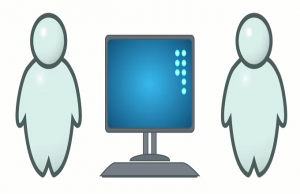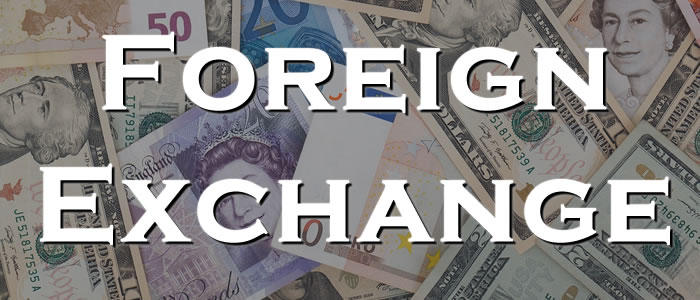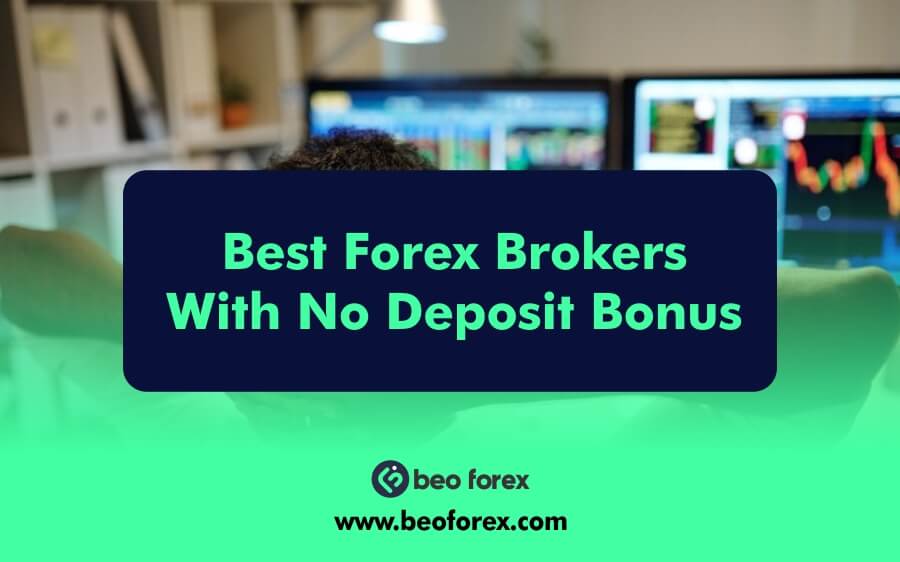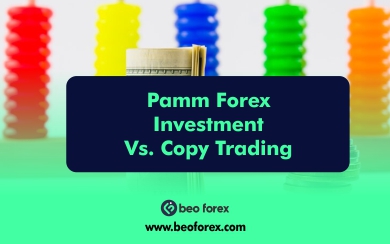Foreign exchange is the simultaneous purchase and sale of one currency.
Foreign exchange can be as straightforward as exchanging one currency for another at airport currency exchange shops and kiosks.
However, foreign exchange transactions can be conducted on the foreign exchange market, also referred to as the “forex market” or “FX market.”
When you trade on the forex market, you are buying or selling a specific country’s currency, but unlike at currency exchange shops and airport kiosks, there is no physical exchange of money from one hand to another.
The forex market is the world’s largest and most liquid market, with a daily trading volume of more than $5 trillion.
There is no central location for forex trading, and all transactions are conducted “over-the-counter” (OTC).
The forex market is an electronic network comprised of banks, brokers, non-bank financial institutions, and individual traders (mostly trading through dealers).

It is open 24 hours a day, five days a week in the world’s major financial centers. This means that you can trade currencies at any time of day or night.
London, New York, Tokyo, Singapore, Zurich, and Hong Kong are the world’s largest forex trading centers.
Currencies are traded in pairs and are priced in relation to one another.
For instance, the euro and the dollar (EUR/USD) or the pound and the yen (GBP/JPY).
Due to the fact that you are not purchasing anything tangible, this type of trading can be perplexing.
Consider purchasing a currency to be similar to purchasing a share in a particular country.
When you purchase, say, Japanese yen, you are effectively purchasing a share of the Japanese economy, as the currency’s price reflects the market’s assessment of the Japanese economy’s current and future health.


























